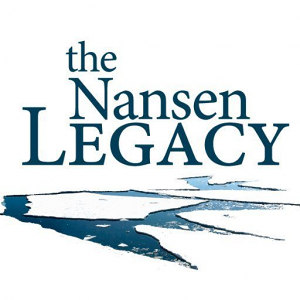The MSc project will be part of the comprehensive research project The Nansen Legacy which is the Norwegian Arctic research community’s joint effort to establish an understanding of a changing marine Arctic climate and ecosystem. The project will provide a scientific knowledge base needed for future sustainable resource management in the transitional Barents Sea and the adjacent Arctic Basin.
Background
Foraminiferas are widespread, highly abundant protists and active participants in marine carbon cycling. They are a key taxon in marine ecosystems by composing more than 50% of the biomass in the deep oceans as well as in some high latitude areas. Due to their sensitivity to environmental changes, fast turnover rates, and the preservation of dead assemblages in the fossil record, benthic foraminifera is a valuable model group for studying the effects of ocean warming on marine ecosystems.
Aim of the project
This project aims to investigate the distribution and diversity patterns of living benthic foraminifera in the northern Barents Sea during summer (low sea-ice extent) and winter (high sea-ice extent). The Barents Sea is characterized by competing influences between cold Arctic Water, and warm Atlantic Water.
The MSc study will focus on the analyses of short sediment cores from two sites representing contrasting environmental conditions: one exposed to the Arctic- and one exposed to Atlantic Water.
Knowledge about these northern regions, and how their biogeochemical systems are changing remains limited. Hence, the MSc research will include interdisciplinary studies of Arctic marine physical, chemical and biological properties to investigate possible changes in the northern Barents Sea due to global warming. This includes analyses of how physical and chemical characteristics of the substrate and water masses may impact benthic foraminiferal community structure, possible migration patterns and abundance change of species with the overall retreating sea ice. This will shed light on the steadily diminishing sea-ice cover and the prolongation of the productive season.
Research questions
- Which benthic foraminiferal species are present along the Barents Sea – Arctic Ocean transect (distribution patterns)?
- How is the foraminiferal community shaped by the environmental gradients along the transect and what is the effect of sea-ice extent on the studied species?
Implementation / Method
Geochemical parameters (e.g., organic C, TN, stable C- and N-isotopes) are already available so the focus will be on the study of the living (and possibly fossil) benthic foraminifera in sediment cores. The MSc student will afterwards compare the findings with previously published data from these high latitude areas. During the last decade, boreal organisms have been expanding northward in the Barents Sea and elsewhere in the Arctic Ocean, while Arctic species have been pushed northwards and potentially out of their suitable habitats. Consequently, one of the aims will be to investigate if any of the living foraminiferal assemblages include recently immigrated species.
The sediment samples to be used in the MSc study are already available but the student will get the possibility to be part of the larger Nansen Legacy team.
What will you learn?
The assignment will be suitable for one or two students who are interested in learning to conduct field surveys, microscopy work, and taxonomic identification. You will also learn about benthic ecology in the Arctic region, as well as some programming and to conduct statistical analyses of your results.
